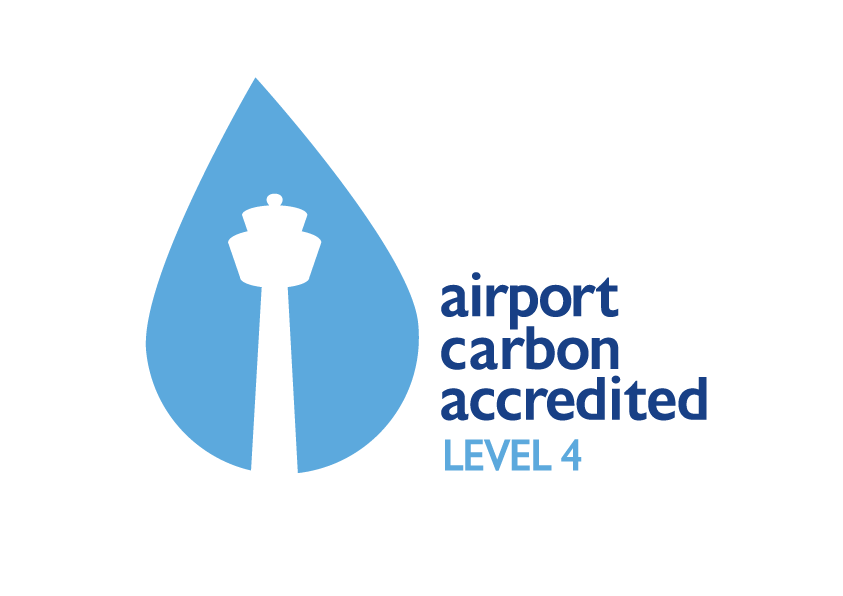Climate
At Queensland Airports Limited, we recognise the importance of taking meaningful action on climate change. We are committed to Net Zero 2030 on Scope 1 and 2 market-based emissions and to working with our partners to deliver reductions in Scope 3 market-based emissions, focusing on flight emissions, embodied carbon and transportation to our airports.
Image caption: Car park solar shades at Mount Isa Airport

Airport Carbon Accreditation Level 4 Transformation

All four of Queensland Airport Limited’s airports are accredited to Airport Carbon Accreditation Level 4 Transformation until 30 June 2028. This means that we are committed to reducing our Scope 1 and Scope 2 market-based emissions in line with our Net Zero 2030 target, and to working with our stakeholders to drive reductions in Scope 3 market-based emissions. We measure our Scope 1, 2 and 3 carbon footprint each year.
Climate Targets
Net Zero 2030
 Queensland Airports Limited has a Net Zero 2030 target to reduce its Scope 1 and Scope 2 market-based emissions to zero by 2030. This is an absolute reductions commitment. We have a carbon management plan in place to achieve this target. A small quantity of offsets may be used to help achieve this target.
Queensland Airports Limited has a Net Zero 2030 target to reduce its Scope 1 and Scope 2 market-based emissions to zero by 2030. This is an absolute reductions commitment. We have a carbon management plan in place to achieve this target. A small quantity of offsets may be used to help achieve this target.
Renewable energy target
Queensland Airports Limited aims to use 80% renewable energy by 2025.
Carbon Emissions Reduction
Renewable power purchase agreement

To support achievement of the Net Zero 2030 target and the renewable energy target, Queensland Airports Limited has put in place a renewable purchase power agreement with CS Energy until the end of 2031. This agreement covers electricity consumption at Gold Coast and Townsville Airports, including the consumption of tenants who operate on our embedded networks (provided those tenants have not opted out). At least 90% of our Scope 1 and Scope 2 market-based emissions reduced to zero from the commencement of that agreement on 1 January 2025.
Image caption: Kennedy Energy Park, one of the renewable energy facilities under our renewable PPA with CS Energy
Current emission reduction priorities
Consistent with our carbon management plan and stakeholder partnership plan, we are working on emissions reduction priorities such as:

- Converting our fleet to hybrid and/or electric vehicles when commercially priced vehicles become available that meet our needs
- Investigating the feasibility of expanding onsite solar and introducing battery storage at our airports
- Developing an electrification strategy, covering airside and landside electrification (starting with Gold Coast Airport, with Townsville Airport to follow)
- Exploring opportunities to support the decarbonisation of aviation through the use of sustainable aviation fuel (SAF), and electric, electric hybrid and hydrogen aircraft.
Image caption: Electric vehicle, Kia EV9 at Gold Coast Airport